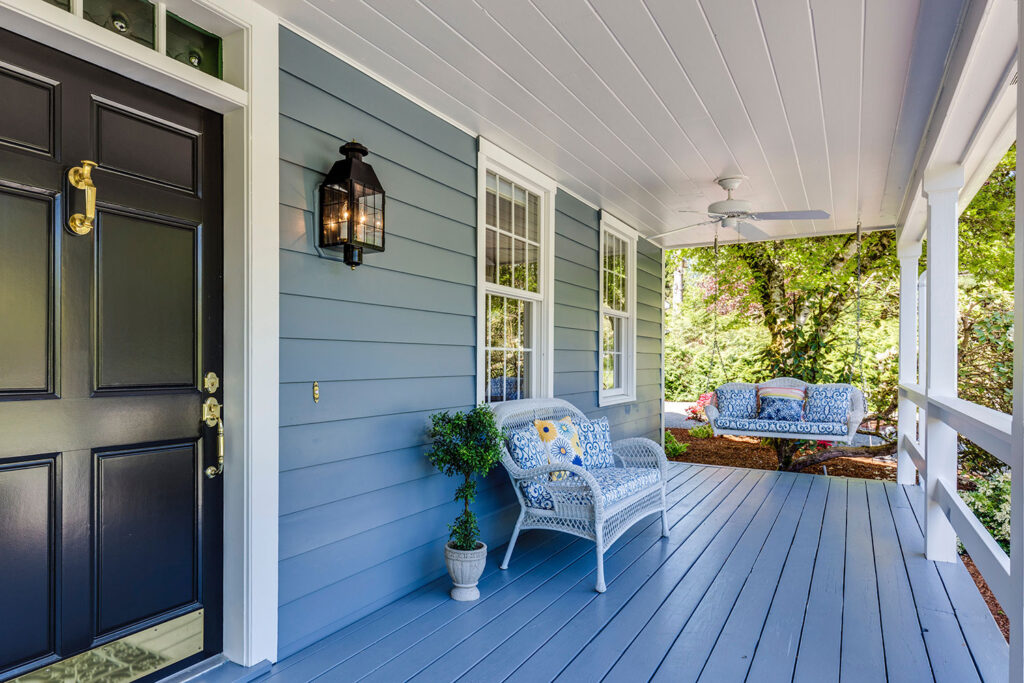The Low Income Home Energy Assistance Program (LIHEAP) is a federal initiative designed to help low-income households manage their energy costs. This helps ensure a safer, healthier, and more comfortable living environment for American households.
4 Benefits of LIHEAP
- Bill payment assistance
- Energy-related home repairs
- Energy crisis assistance
- Weatherization
Whether you’re grappling with excessive energy bills, facing an energy crisis, or in need of weatherization and minor energy-related home repairs, LIHEAP can provide valuable and timely support. Through its programs, LIHEAP helps households maintain comfortable temperatures year-round, minimizing health and safety concerns associated with hazardous heating and cooling conditions.
What Is LIHEAP?
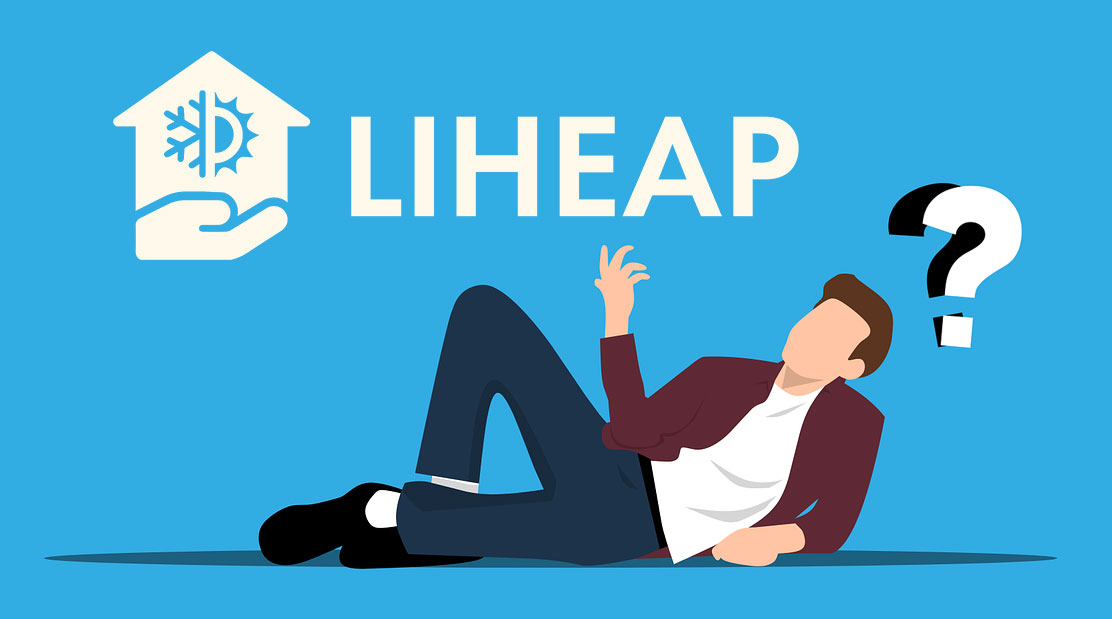
The Low Income Home Energy Assistance Program (LIHEAP) is a federally funded assistance program in the United States. It was initiated in 1981 to help low-income households that spend a large portion of their income on energy-related costs. The program is specifically designed for those households with incomes at or below the federal poverty guidelines or the state median income. LIHEAP gives priority to households with elderly, disabled, or young members who may be more vulnerable and in need of assistance.
LIHEAP provides eligible low-income households with one-time financial aid to help cover their home heating or cooling expenses. To qualify, applicants should have an income below 150% of the federal poverty level or 60% of the state median poverty level. However, certain states, like Massachusetts, have broadened their programs to encompass additional households, requiring applicants to fall within 60% of the estimated state median income.
Eligibility Requirements for LIHEAP
To qualify for LIHEAP, applicants must demonstrate financial need and meet specific income limits.
An eligible household's income cannot exceed 150% of the federal poverty guideline or 60% of a state's median income.
You may be automatically eligible for LIHEAP if you or another household member are enrolled in other benefit programs like Supplemental Nutrition Assistance Program (SNAP), Supplemental Security Income (SSI), or Temporary Assistance for Needy Families (TANF).
Here are the 2023 maximum income levels based on household size.
| Household Size* | Maximum Income Level (Per Year) |
| 1 | $21,870 |
| 2 | $29,580 |
| 3 | $37,290 |
| 4 | $45,000 |
| 5 | $52,710 |
| 6 | $60,420 |
| 7 | $68,130 |
| 8 | $75,840 |
*For households with more than eight people, add $7,710 per additional person.
How To Apply for LIHEAP
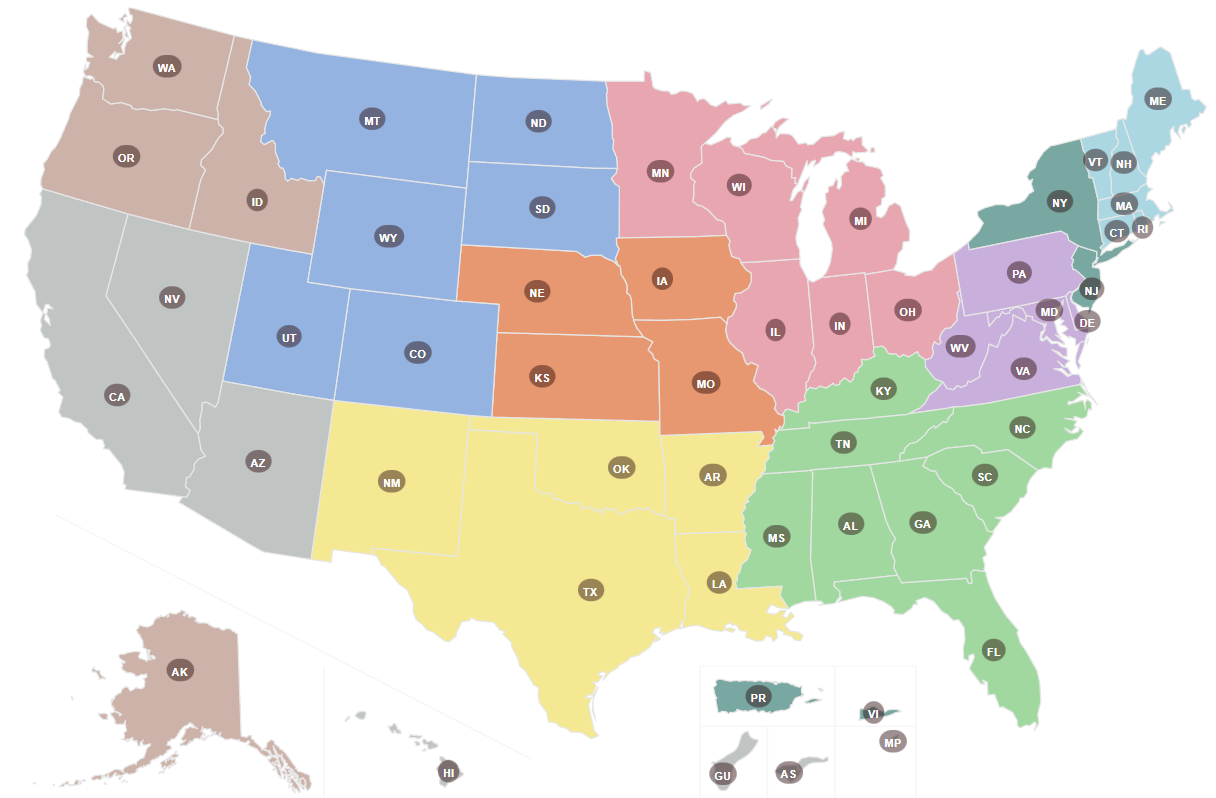
The application process for LIHEAP can vary by state. Reach out to your local LIHEAP office directly for detailed information. Assistance is also available via the toll-free LIHEAP phone number: 1-866-674-6327.
The first step in seeking LIHEAP assistance is to identify your nearest LIHEAP office. The Department of Health and Human Services provides a helpful LIHEAP local office locator to find the nearest agency. Once you know where to apply, you can follow the instructions to apply for energy assistance.
When applying for LIHEAP, be prepared to provide various types of documentation. This typically includes:
- Government-issued ID
- Social Security number
- Proof of address
- Proof of citizenship status
- Evidence of earnings such as wage stubs, W-2 forms, or tax records
Bank statements should also be provided., as well as copies of your energy bills or estimates of any weatherization or energy-related home repairs needed will be required. The information provided will be used to determine your eligibility for LIHEAP and the level of benefits you can receive.
4 Benefits of LIHEAP

LIHEAP provides a variety of energy-saving benefits to eligible households. Let’s take a look at the primary benefits of the program.
1. Bill payment assistance
The primary benefit of LIHEAP is its provision of financial aid to help with heating and cooling energy costs. By offering monetary assistance directly to the utility company on behalf of the eligible household, LIHEAP significantly reduces the financial burden that these energy costs can pose to low-income families.
Benefits include assistance with seasonal heating during harsh winters or cooling expenses during sweltering summers. For instance, a family living in a region with severe winters might receive LIHEAP assistance that covers a significant portion of their heating bill, thereby ensuring that they can keep their home warm without worrying about the financial implications.
2. Energy-related home repairs
Another significant benefit of LIHEAP is its support for energy-related home repairs. Minor home repairs can be an effective way to improve a household’s energy efficiency.
For example, if your heating system is broken or inefficient, LIHEAP funds can be used to repair or replace the system, reducing the household's overall energy costs and improving safety.
3. Energy crisis assistance
An important benefit of LIHEAP is energy crisis assistance, which aids households facing immediate and severe energy needs. This typically involves situations where families are in danger of having their utilities shut off due to unpaid bills.
If a household receives a utility shut-off notice because of unpaid energy bills, LIHEAP can step in and provide the necessary funds to keep the utilities running, ensuring that the household remains safe and warm.
4. Weatherization
LIHEAP also contributes to the weatherization of homes, an essential benefit that increases energy efficiency and reduces energy costs. This assistance can be used for home improvements that reduce energy waste, such as sealing cracks in walls or windows to prevent air leaks, or adding insulation to keep homes warmer in the winter and cooler in the summer.
LIHEAP funds can be used to insulate an attic, reducing heat loss during the winter months and lowering heating costs. Similarly, funds could also be used to install energy-efficient windows, which can significantly decrease cooling costs in the summer, offering year-round energy cost savings.
What Is the Weatherization Assistance Program?
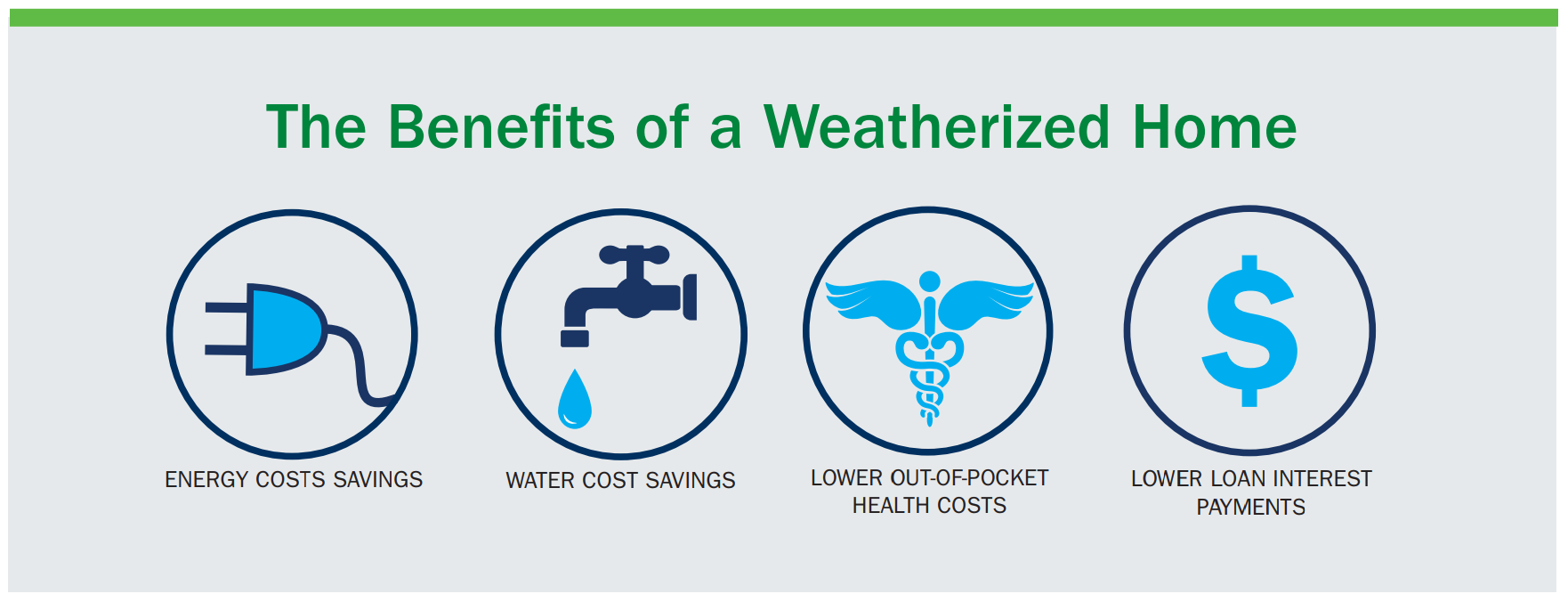
There is another federal program that also helps reduce energy costs: The Weatherization Assistance Program (WAP). WAP works closely with LIHEAP, and in some states, LIHEAP participants are automatically enrolled in WAP, and vice versa.
The United States Weatherization Assistance Program (WAP) was established in 1976. Like LIHEAP, the program was designed to help low-income families decrease energy consumption and lower energy costs.
The weatherization process begins with an audit conducted by Certified Energy Auditors to identify efficiency issues in a home. Upon completion of the audit, workers will take steps to improve energy efficiency, such as insulating walls and windows, replacing broken glass, and repairing or replacing malfunctioning appliances.
Just like LIHEAP, eligibility for WAP is determined by income levels, requiring households to be at or below 150% of the federal poverty level. WAP and LIHEAP often collaborate at the state level to optimize energy services for low-income households.
When a home qualifies for weatherization service, a crew will be dispatched to install the necessary materials. The homeowner or tenant is then required to sign off on the completed work to affirm the work was completed correctly.
Through these measures, WAP significantly decreases winter heating or energy bills, working in concert with LIHEAP to provide comprehensive energy assistance for those in need.
Need Additional Assistance?
If you need additional help or information about LIHEAP, you can call the National Energy Assistance Referral (NEAR) project. NEAR can provide information on where you can apply for LIHEAP.
The service is completely free, and available Monday through Friday from 7 am – 5 pm. (Mountain Time).
NEAR Contact Information
Phone: 1-866-674-6327
Email: [email protected]
Tips for improving your home’s energy efficiency
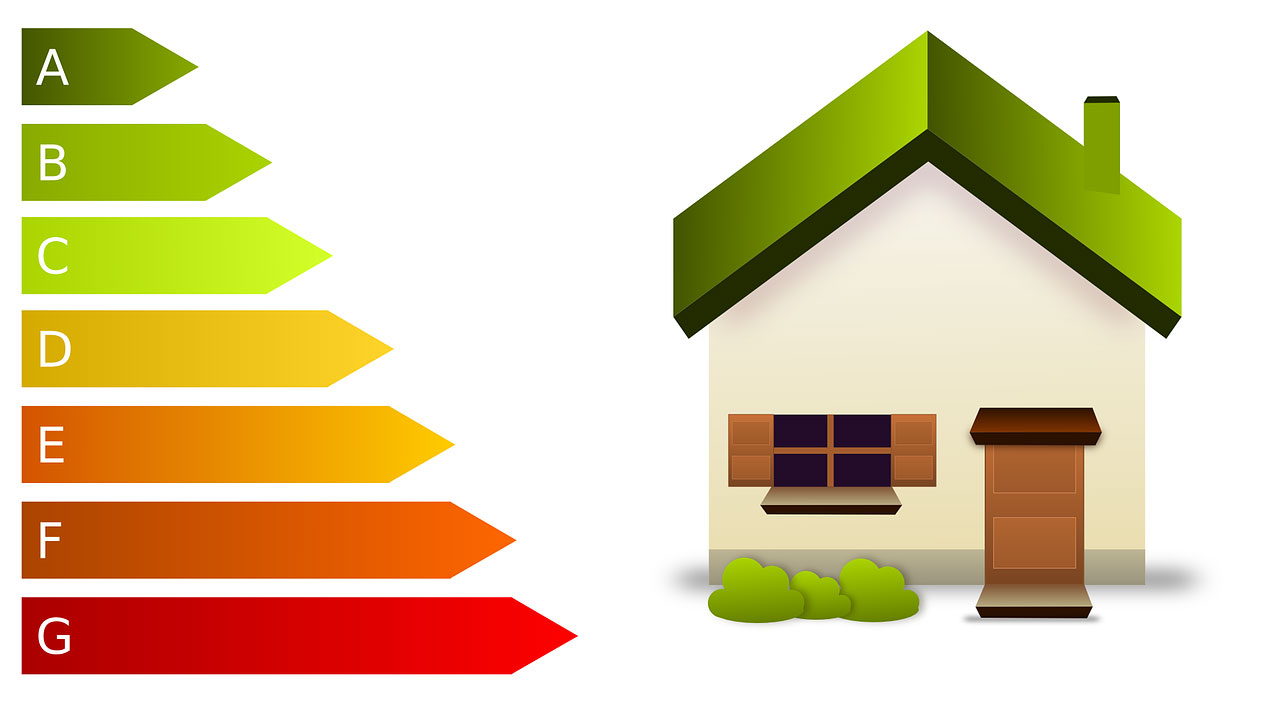
There are several steps you can take to improve your home’s energy efficiency and save on energy costs.
Upgrade to Energy-Efficient Appliances
Appliances account for a significant portion of energy usage in most households. Energy Star-rated appliances use 10-50% less energy than standard appliances. For example, an Energy Star-certified refrigerator can save over $270 in energy costs over its lifetime compared to a regular model.
Seal and Insulate Your Home
Sealing drafts and properly insulating your home can significantly cut down on heating and cooling costs. Seal cracks around doors and windows with weather stripping or caulk to prevent heat loss in the winter and cool air loss in the summer.
Switch to LED Lighting
LEDs consume 90% less energy than incandescent bulbs and last 15-25 times longer. Replace your most frequently used lights with LEDs to see a noticeable difference in your energy bill. Swapping out your most-used light bulbs with LEDs could save you $75 per year on electricity.
Install a Smart Thermostat
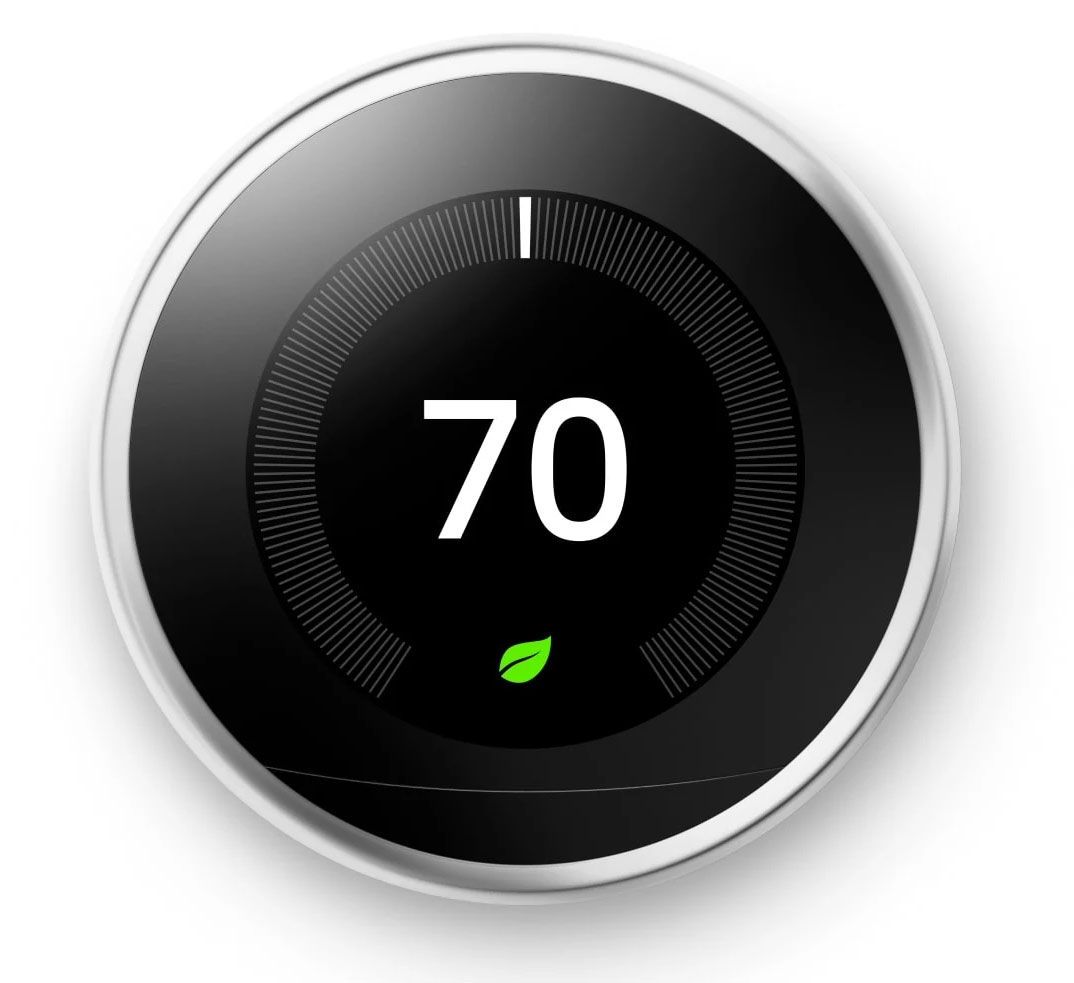
A smart thermostat can adjust the temperature when you're not at home or when you're sleeping, potentially saving up to 10% a year on heating and cooling costs. For example, setting your thermostat to lower the temperature by 7-10 degrees for 8 hours per day can significantly reduce energy consumption.
Use Energy-Efficient Window Treatments
Window treatments like blinds, drapes, and shades can help to prevent heat gain in the summer and heat loss in the winter. For example, in colder climates, insulating drapes can reduce heat loss from a warm room by up to 25%.
Practice Efficient Laundry Habits

Did you know that approximately 90% of the energy used by a washing machine goes toward heating the water? You can lower energy costs by washing clothes in cold water and air drying when possible. By using cold water and air-drying your clothes, you could reduce your washer's energy use by 50%.
Reduce Phantom Loads
Many electronics use energy even when they're turned off. This is known as phantom load or vampire power. Use power strips to turn off multiple devices at once or unplug electronics when they're not in use. A computer in sleep mode can still draw 20% of the power it uses when it's on, so turning it off completely when it's not in use can save a significant amount of energy.
Install Solar Panels
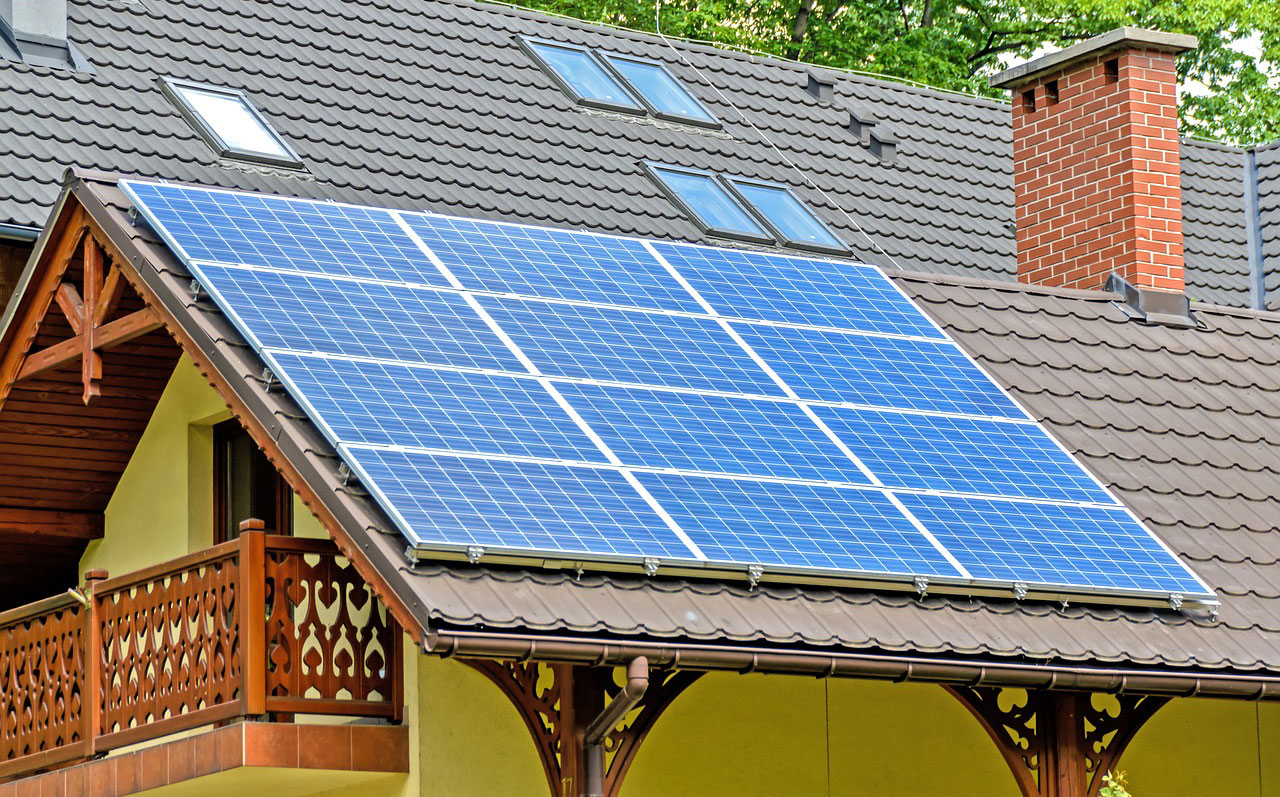
As a renewable energy source, solar energy can significantly reduce your reliance on traditional energy sources and thereby cut your energy costs. Installing a solar energy system in your home will convert sunlight into electricity that can be used immediately or stored for later use.
Excess energy generated can often be sold back to the grid, providing an additional income stream. Although the upfront cost of solar panels can be high, federal and state incentives combined with long-term energy savings can make this a worthwhile investment.
Other Energy-Saving Benefit Programs
If you don't qualify for LIHEAP, there are still other resources available to assist with energy costs. Reach out to your utility company to inquire about any assistance programs or payment plans they offer. Many utility companies have programs designed specifically to aid households facing financial hardships.
You can also seek assistance from local non-profit organizations or community services agencies. If you're a senior, disabled, or a veteran, there may be specific programs available for you. The Weatherization Assistance Program (WAP) might also be able to help make your home more energy-efficient, which can significantly reduce energy costs in the long run.





